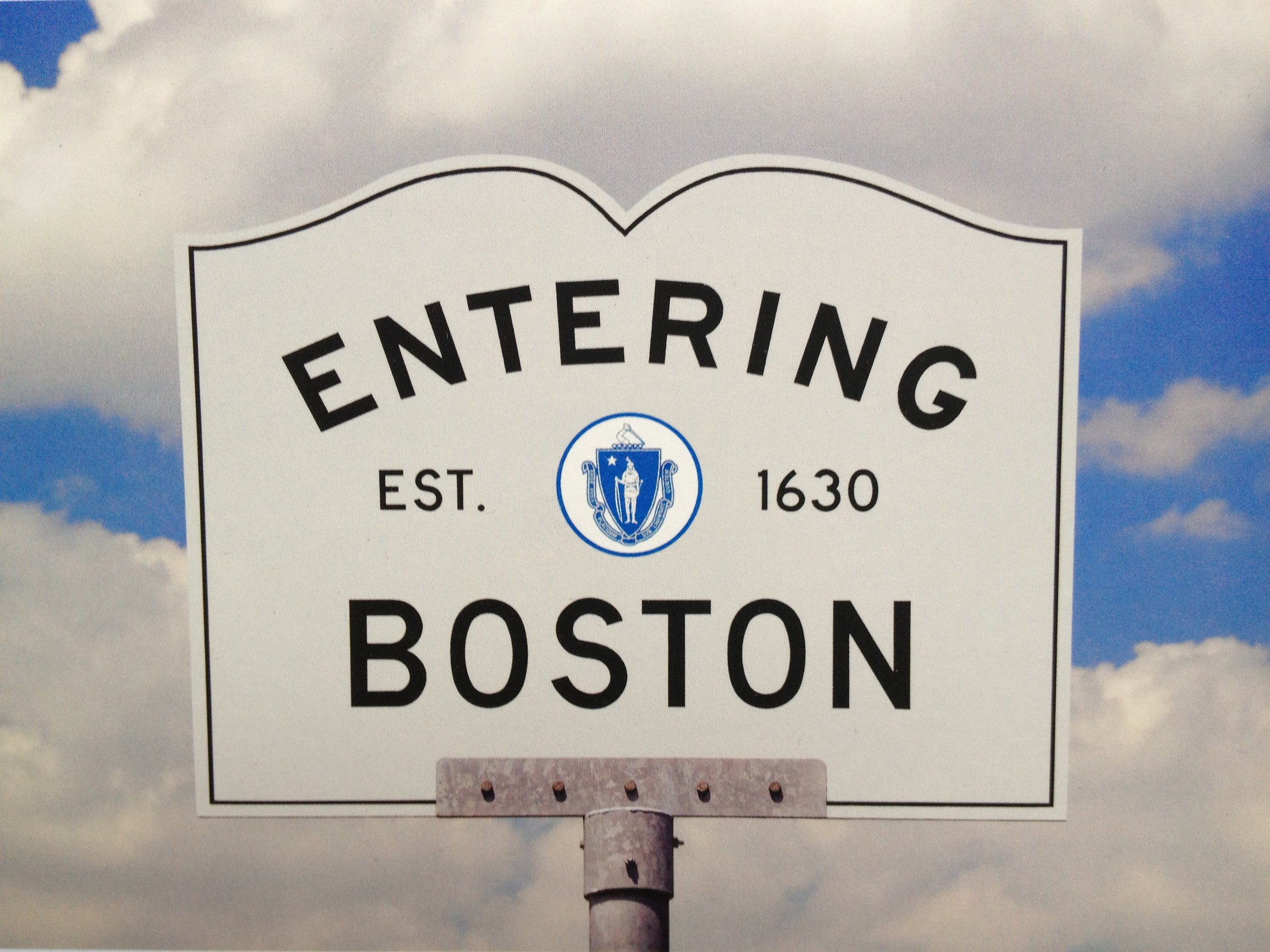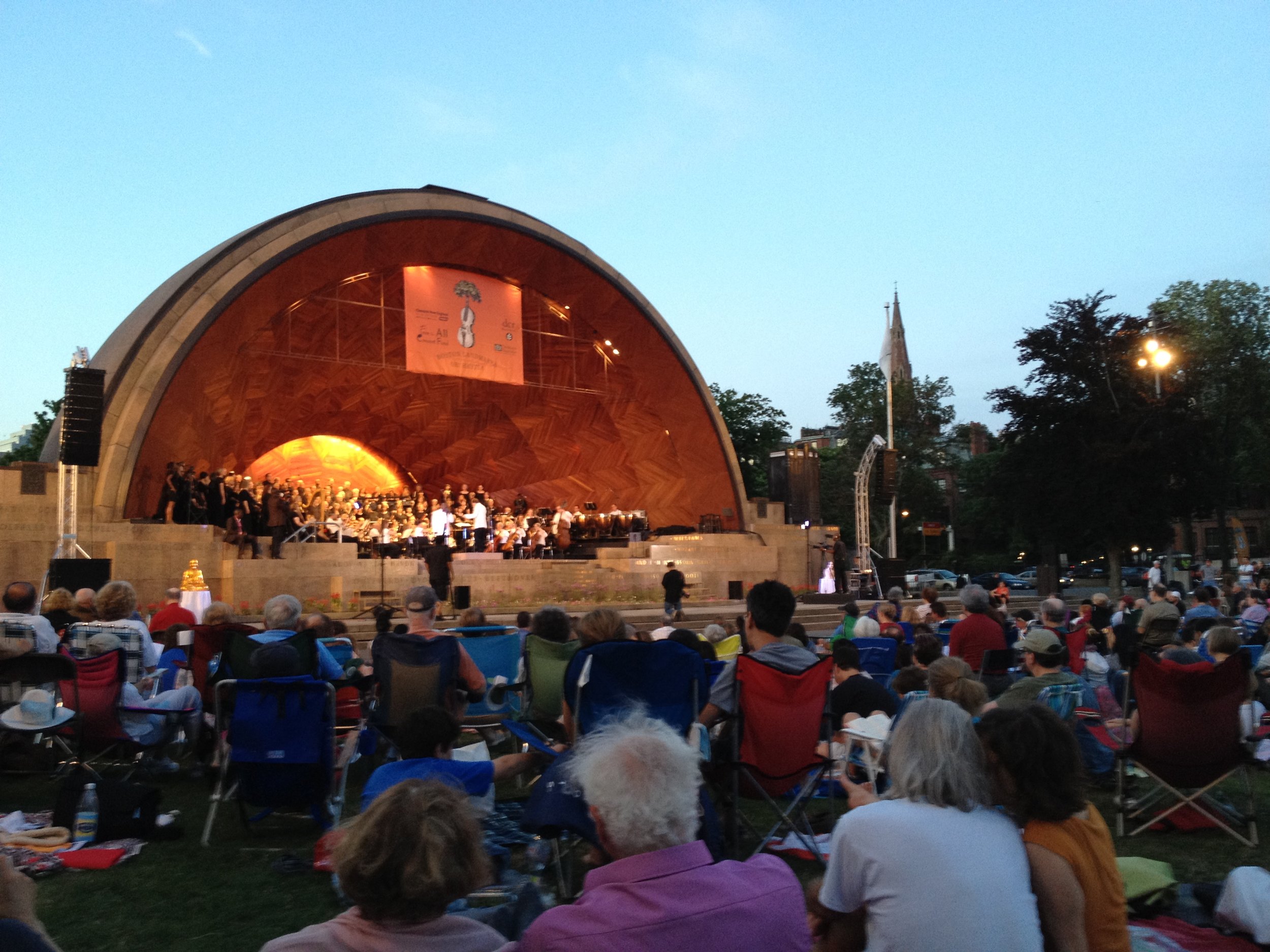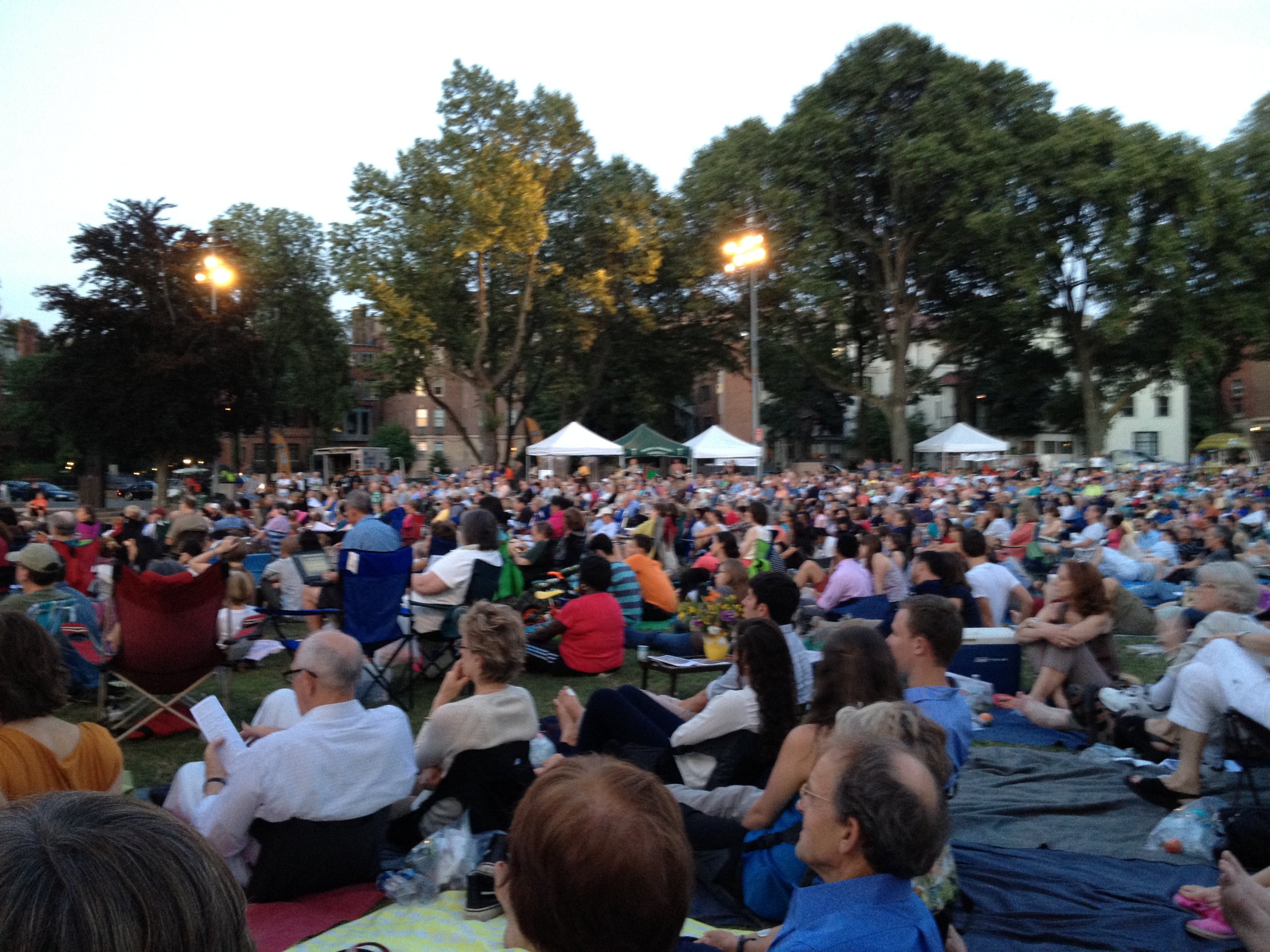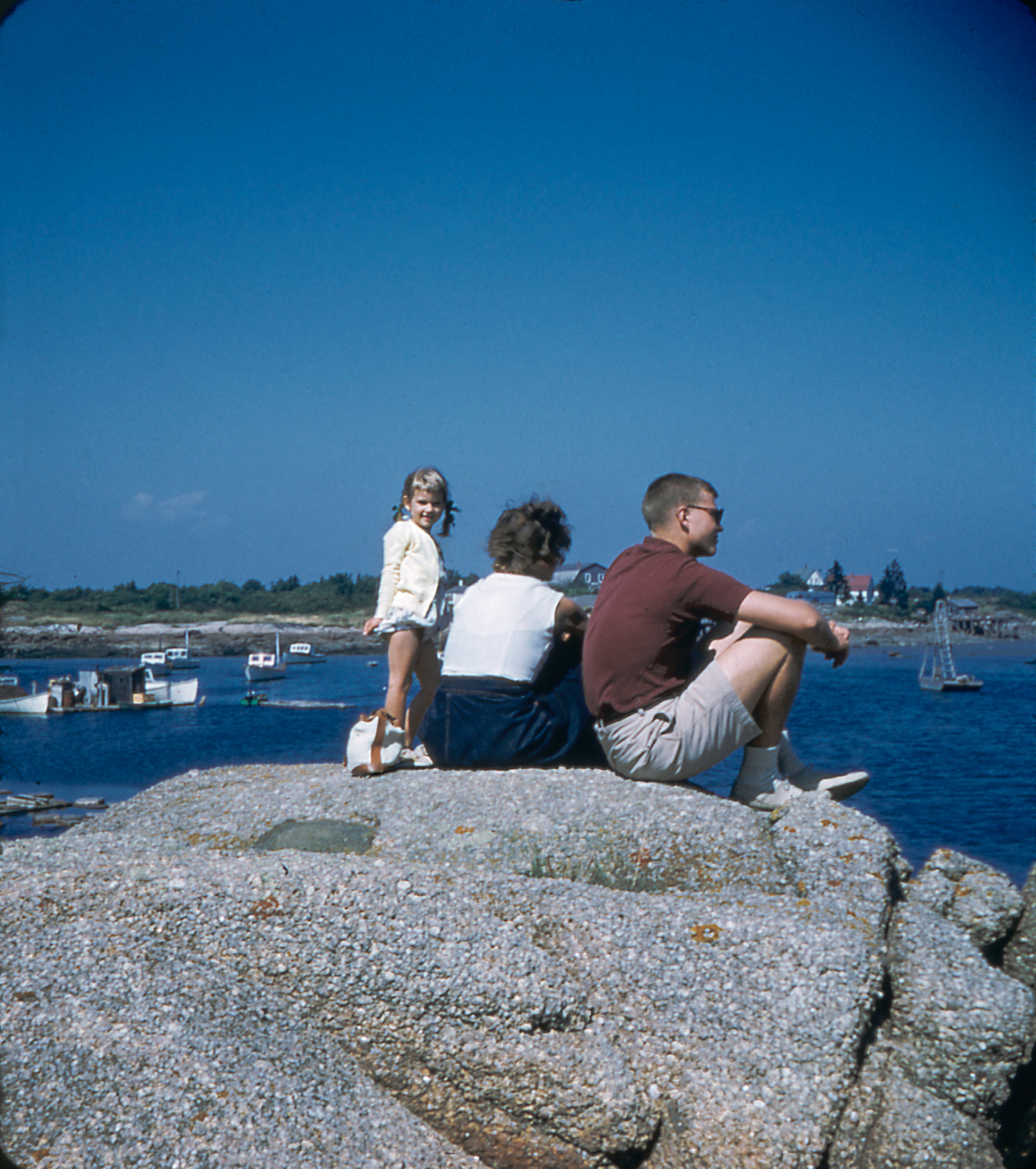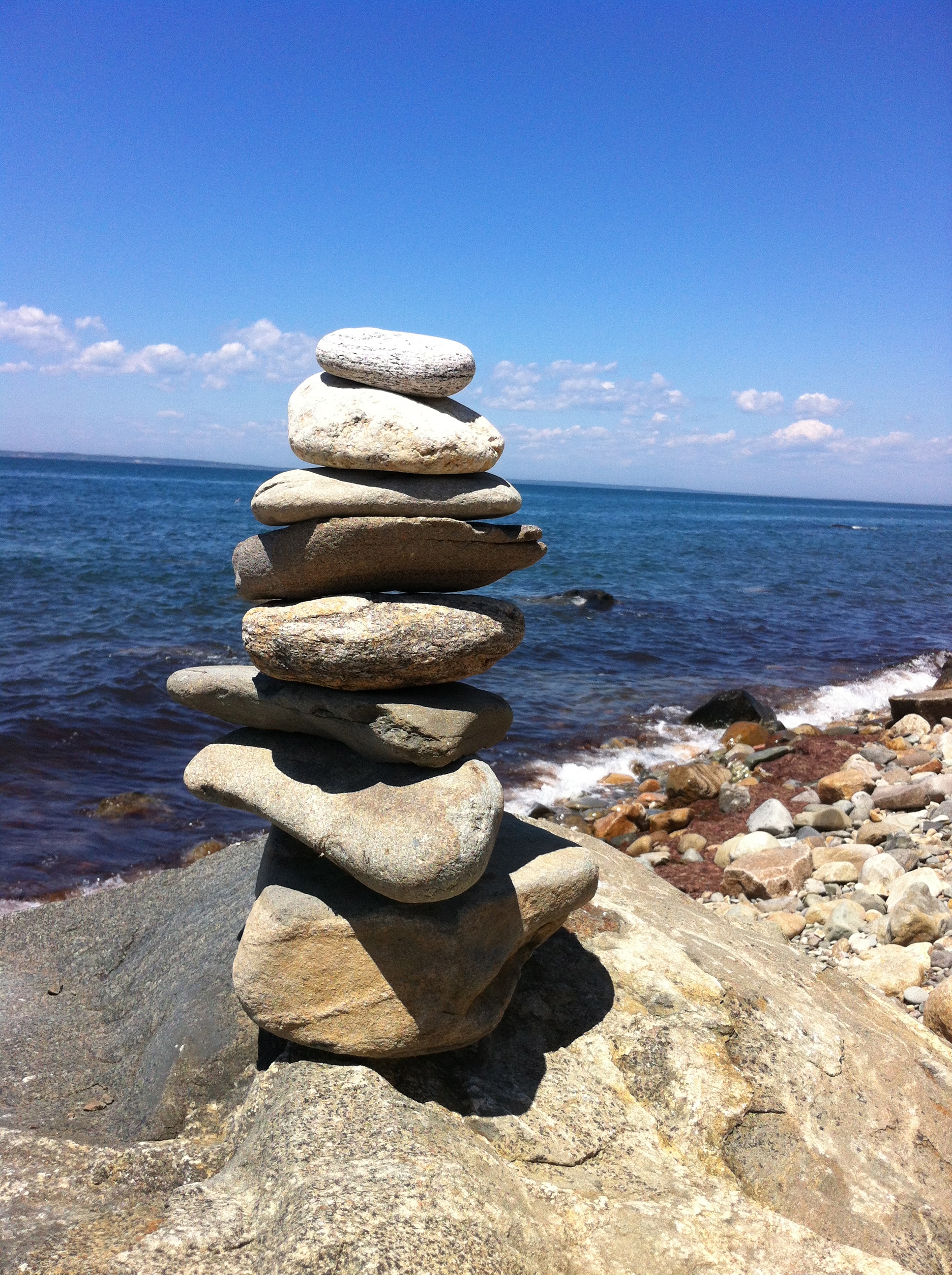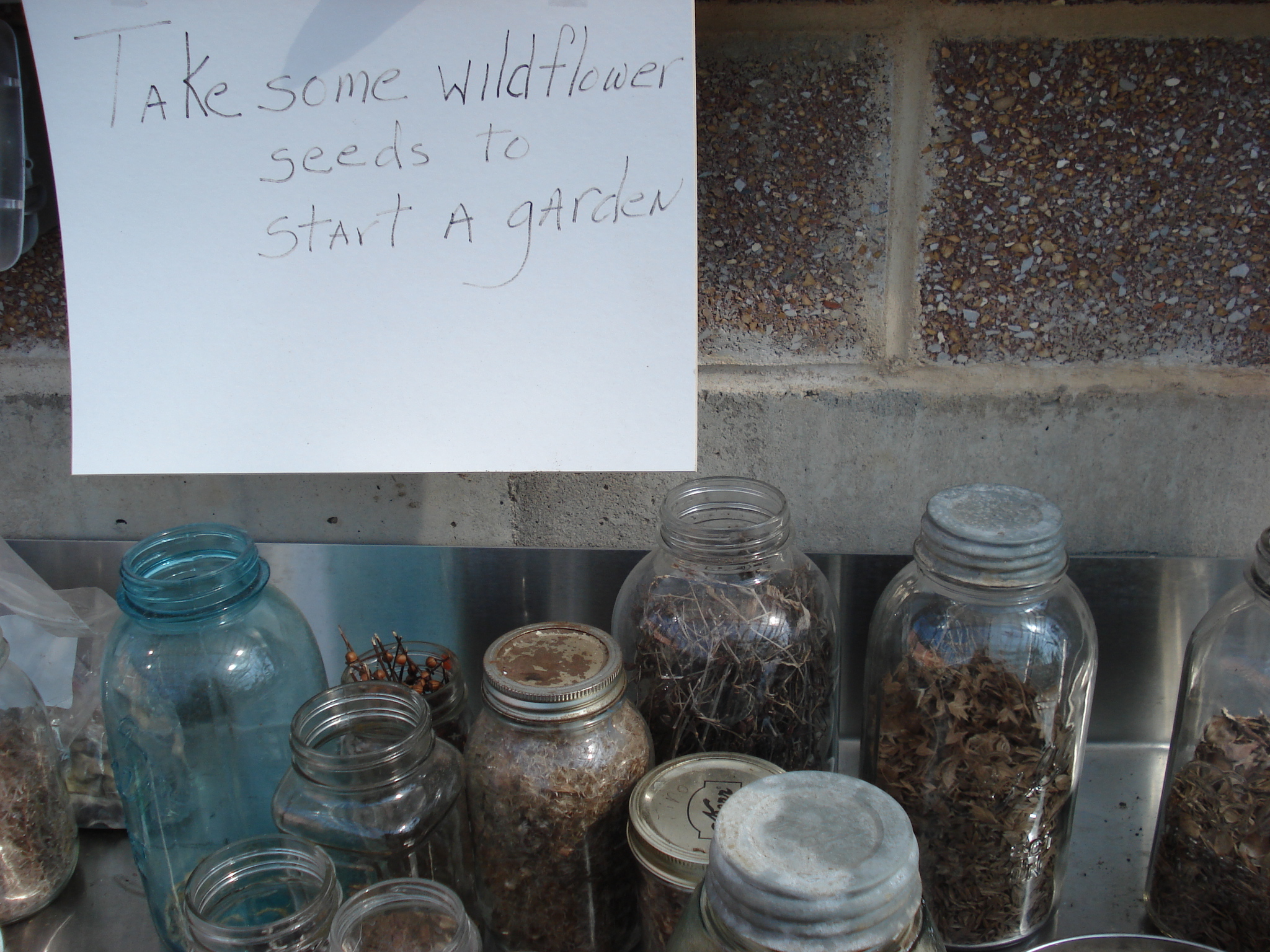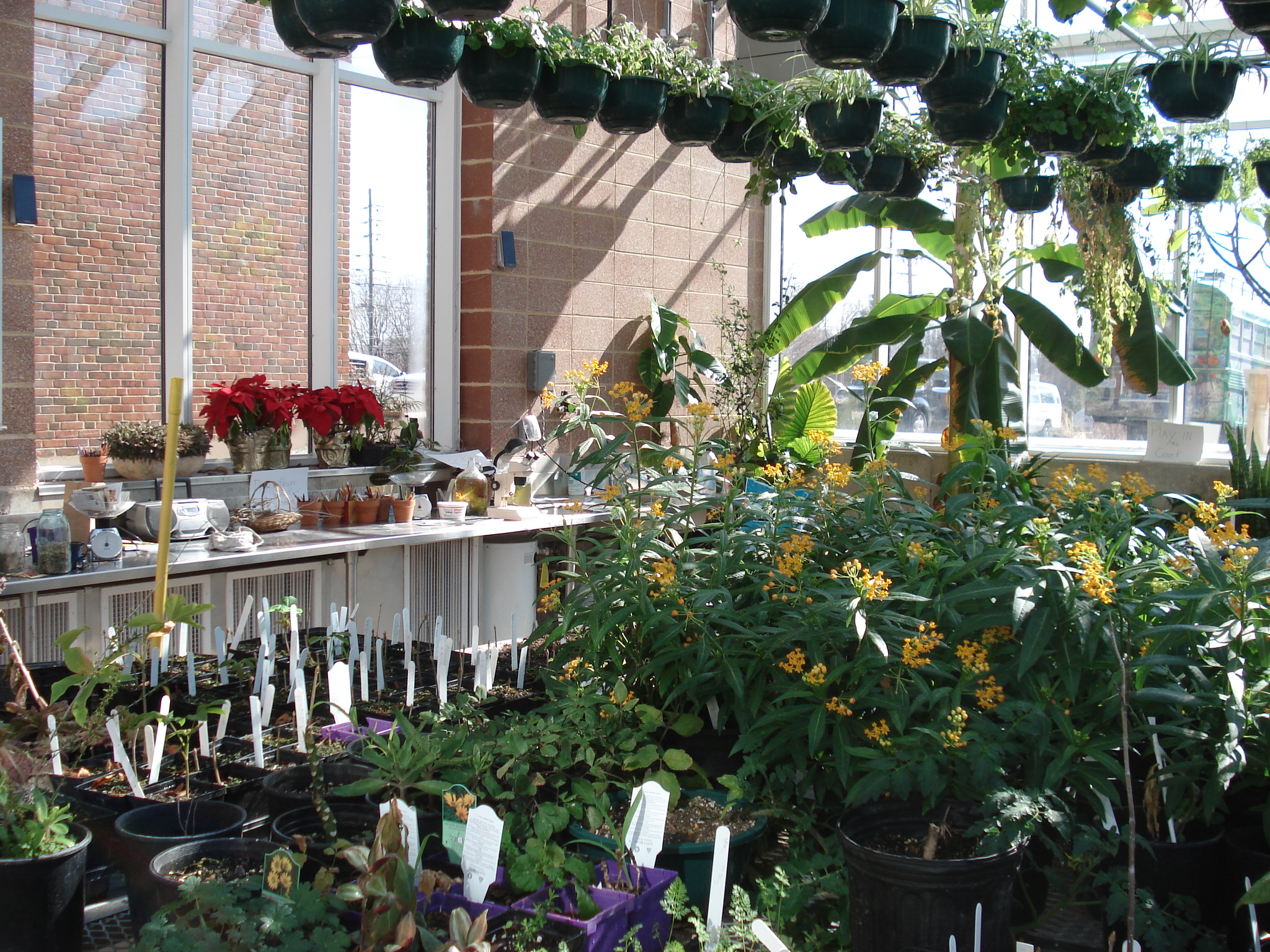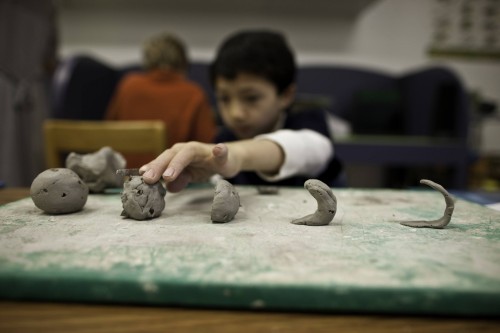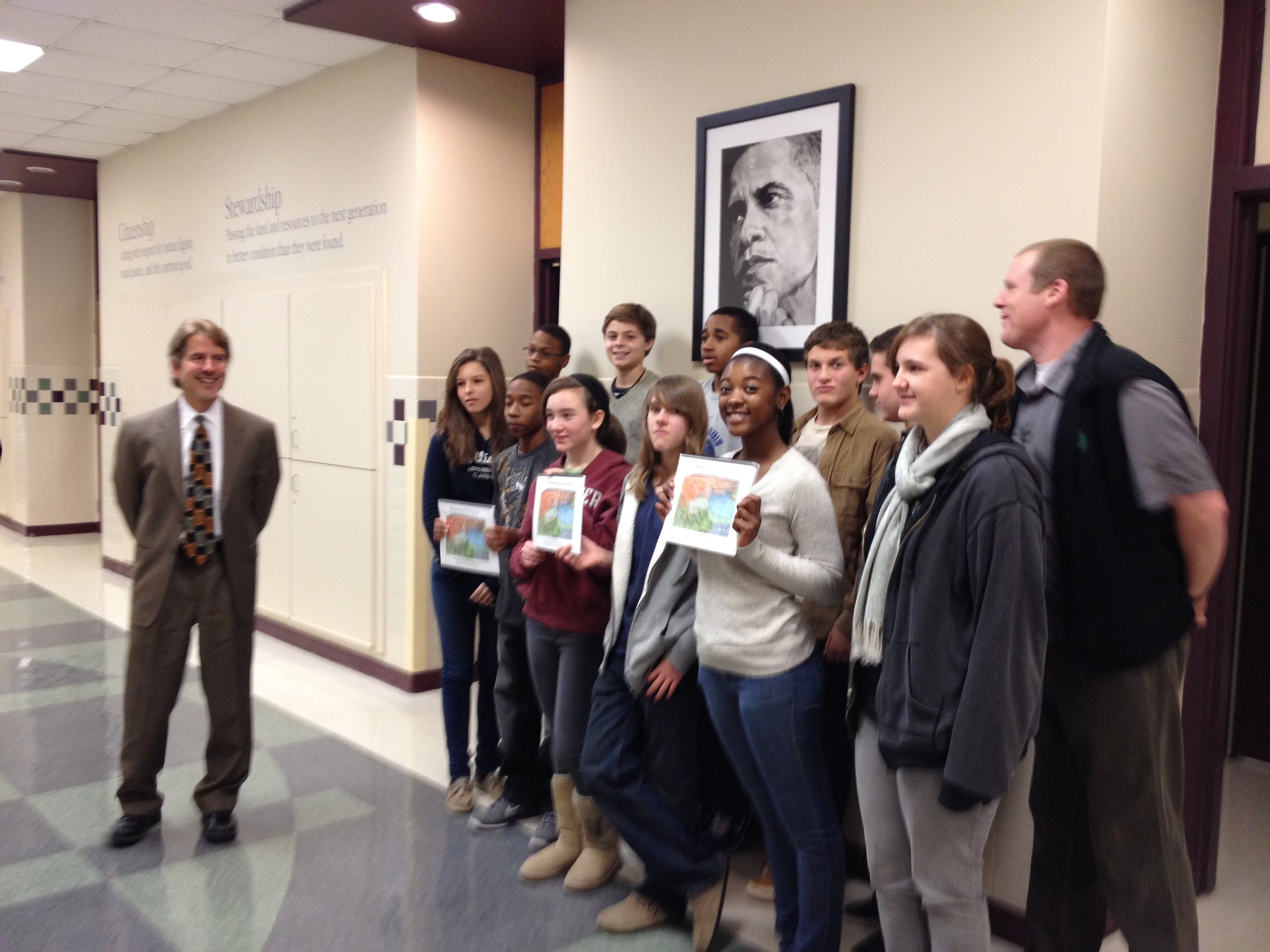This is sequel to last week’s blog on What’s Golf Got to Do with It?Bubba Watson won The Masters Championship on Sunday and a whole nation of Attention Deficit Disorder citizens should stand up and take notice. Why? Because here’s a young man who knows he has attention deficit issues and has grown to understand his learning style, or, knows how he learns best, and he lives his life accordingly...and, I might add, to the fullest...the MAX. Here he is describing his approach to golf to David Letterman.
He fully embraces his own learning style. Bubba himself described his winning shot, a miracle shot to everyone except himself as follows: I got in these trees and hit a crazy shot and I saw it in my head and somehow I’m here talking to you with a green jacket on. [If you need more validation of his ADD, note the sequence of his explanation...it’s out of order. Of course he saw it in his head, first, THEN, he hit a crazy shot, that earned him the triumph. Cognitively, it's difficult for him, especially in front the hot TV lights, to recall the proper sequence.]
To give you a better idea of what Bubba envisioned and then actually pulled off, here's an overhead view of his shot.
I doubt that Bubba would use these words, but as an educator and golf couch potato, watching him over the last three years, and reading about him, I’d declare quite securely that he is a kinesthetic visual learner. And, as such, I’ll bet there was little room in his educational environment to work with him...he’s 33 years old, that puts him in elementary school 25 years ago. So, best to declare him “attention deficit.”
It’s easy to imagine Bubba in his elementary school, if it was typical of what we saw and now see all across this educationally challanged land today,...and his teachers’ responses to his behavior.
Bubba, sit down. Bubba, did you fall out of your chair again?!! Bubba, could you please go back to your seat, and not get up to talk with your friends again. Just sit down and do your worksheet. Bubba, can’t you understand the directions on the page? It’s right in front of you. Oh, Bubba! That’s it! You’re outta here. Go sit in the hall until you can behave!
Somewhere in his young life Bubba found an advocate, and from the scene on the final playoff hole, after he won, the first person in his arms after his caddie, I think I know who it was/is: his Mom.
I’ll bet she recognized that this boy needed an outlet for all his physical energy, and if the school wasn’t going to give him enough recess time and Physical Education to allow him to express his physical (kinesthetic) gifts, then she would help him find places outside of school. And, if the school wasn’t going to integrate hands-on experiences in art, performing arts, science, and math, then somehow, she would organize outlets for these.
Now, it’s entirely possible, and I pray it’s true, that Bubba went to a school like The St. Michael School, or The College School, or Maplewood Richmond Heights, where the scenario played out above, instead, sounded like this:
Bubba, how about you try this desk. Yeah, it's taller than the others. You can stand at it, or you can sit on the stool. You’re welcome to move around. You’ll also see that the desk is big enough room for your buddies to work with you during our team projects.
Hey, Bubba, before we do this math assignment, come over to this group table. With three of your buddies we’re going to work with some blocks that I think might help you get to the bottom of this idea of fractions. Oh, and Missy here is going to help, too. [Missy's a 6th grader, who's empathy reading is off the scale and for whom each of the "buddies" would do ANYTHING.]
Yo, Bubba, what are you doing in here now? Remember, we’ve arranged that first thing in the morning you can “work out” with the PE teacher for a half hour. Remember how good that felt yesterday? Get outta here, dude.
Bubba, that is amazing clay sculpture you’ve made. You’ve been at it for over an hour. Can you tell me about it? I’ll write while you talk. [Later] Bubba, here’s what you told me about your clay sculpture. Can you read it out loud to me, to check that I’ve got it right. We can change and add whatever you want. [Later] Yes, indeed, Bubba, we will print this up and put it next to your sculpture in the exhibition.
I don’t know this, but I wonder how else could Bubba have gotten through elementary, high school and college without some experiences like this, either in school, or at home, or, praise the Lord, in/at BOTH. Somehow Bubba learned how he learns best.
Bubba plays golf from a purely visual and kinesthetic point of view. He’s never had a lesson. He doesn’t approach golf from a cognitive point of view. He sees shots in his head and then he imagines what he’d have to do to create the shot. Then he tries it...over and over...until he’s got it grooved in his physical memory bank.
Karen Crouse described it this way in today’s New York Times:
Watson’s Masters triumph was a victory for creativity and feel and fun. His mind may be cluttered, but not with swing thoughts. He is the antidote to Tiger Woods, whose obsession with the nuts and bolts of his swing calls to mind an auto mechanic with his head buried under the hood.
A Vermont buddy of mine, a fellow golf nut wrote in response to last week’s blog and to this weekend’s Bubba win at Augusta,
I recall an interview with Bubba either late last season or earlier this season when Bubba opined that Tiger was thinking too much and that perhaps he should just play golf. Very ironic. There are a lot of pros who suggest that we all have our "own swing" and the task is to find your own swing, and then work with it. There is an obvious translation to how we approach life and contribute to society. Then he added: Golf is such a stupid game! Golf is such a great game!
The point is, we learn whatever we learn through the modes that work for each of us, individual learners.
Another part of this most recent experience of Bubba’s is that he, not surprisingly, was fully embraced by his best professional golf buds. I’ve never seen what I saw on Sunday after the victory putt at Augusta. First, the hug with the caddy. Sure. Always. Then, the hug from a parent or wife. Yes, frequently. But next, gushing grabs and hugs by three fellow PGA’ers, Ricky Fowler, Ben Crane, and Aaron Baddeley (and their families!!!). What?
YES. HIS victory was in no small part THEIR victory!!!!!! Bubba’s natural interpersonal intelligence has manifest on the PGA. He LOVES personal contact. Just as he did in 3rd grade. And, even in that most buttoned down, conservative, dog-eat-dog, competitive environment on the PGA, Bubba cultivates relationships; genuine, honest friendships. Along with his visual kinesthetic learning, these relationships are his life blood. Why else would a champion be reduced to tears before a national audience?
Here's to all of you out there in Education who are doing your darndest to create learning environments for ALL learners. BUBBAS AND ALL.


